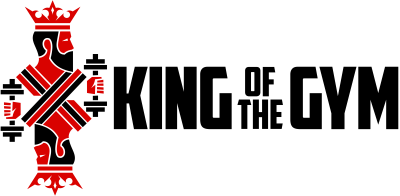Anterior Deltoid: Functional Anatomy Guide
The anterior deltoid (L. anterior, before, in front of ; deltoides, triangular) refers to the front head of the deltoid muscle. This part of the delt is responsible for shoulder flexion. Classified as part of the scapulohumeral (intrinsic shoulder) muscle group, the anterior deltoid is situated medial to the lateral deltoid and lateral to the clavicular head of … Read more
